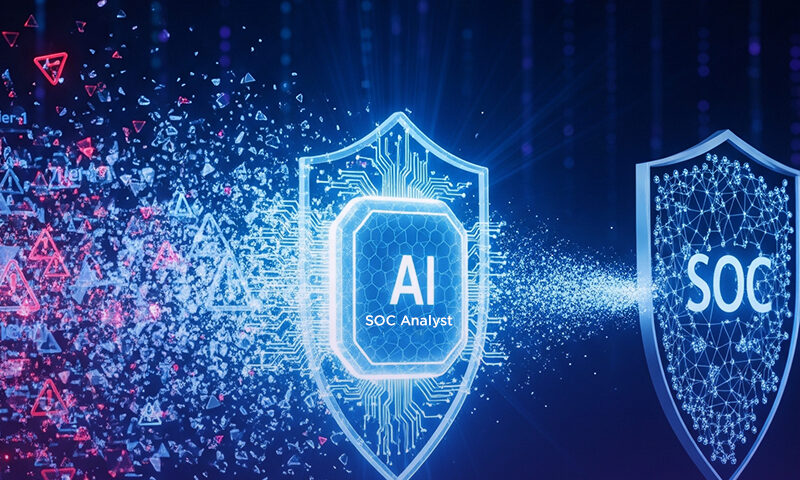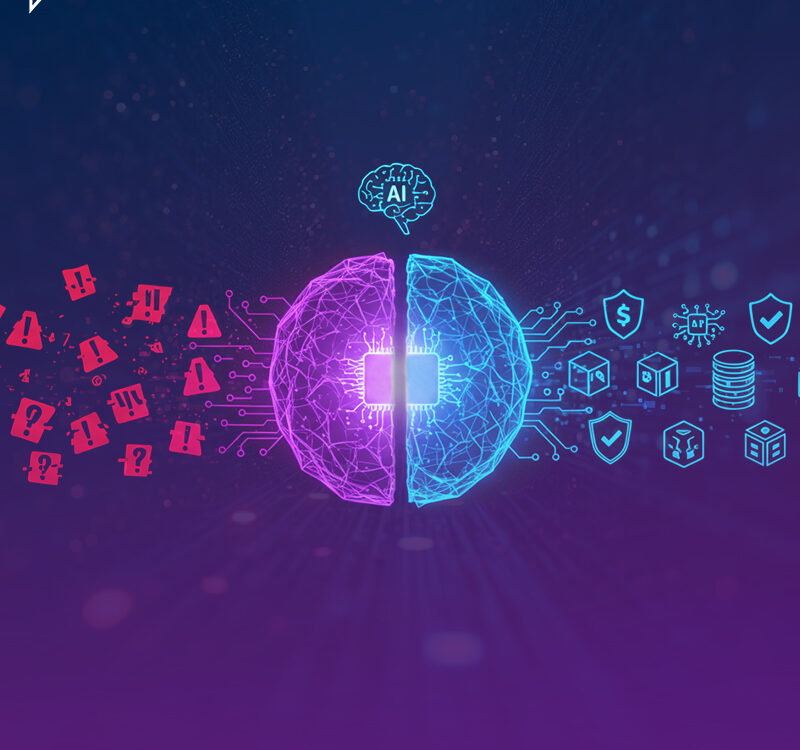
What the First 60 Seconds of a Modern Incident Should Look Like
June 13, 2025
RIP Manual Triage: Engineering the Next-Gen SOC Without L1 Analysts
June 19, 2025
What the First 60 Seconds of a Modern Incident Should Look Like
June 13, 2025
RIP Manual Triage: Engineering the Next-Gen SOC Without L1 Analysts
June 19, 2025Introduction: “We’re Not Short on People. We’re Short on Time.”
In a world where security operations centers (SOCs) are inundated with over 11,000 alerts per day, the industry has reached a breaking point. CISOs aren’t just managing threats — they’re managing exhaustion. The L1 role, once considered foundational, is now at odds with the pace and complexity of today’s attacks. Gartner projects that by 2026, 60% of SOCs will reframe their operations around automation-first principles — not more analysts.
This isn’t about removing people. It’s about refocusing human capital where it matters. In this blog, we’ll explore the real cost of the traditional L1 model, what the future of SOC staffing looks like, and how security leaders can transition from workforce expansion to decision acceleration.
The Analyst Bottleneck: A Systemic Problem
Most security teams built the L1 function to address a different era — one with predictable infrastructure, fewer tools, and lower alert volumes. Today’s SOC faces:
- Dispersed attack surfaces across cloud, mobile, and remote endpoints
- Exponential tool sprawl with overlapping alert feeds
- Complex threats that evade rule-based detection
The result? L1 analysts spend the majority of their time in low-value work:
- Repetitive triage tasks
- Manually gathering context
- Following static playbooks
Leadership insight: If your smartest people are copy-pasting IPs into threat intel feeds, you’re not defending — you’re surviving.
The Hidden Cost of Keeping the L1 Role
What feels like operational maintenance is often silent drag on performance:
- Recruitment churn: Entry-level roles see 30–40% annual turnover
- Time-to-value: It can take 6–9 months to fully onboard an L1 analyst
- False positives: Nearly 45% of alerts end up as noise
- Cost per decision: Every triage cycle carries inefficiency, risk, and delay
SOCs are throwing people at a machine-speed problem.
Leadership insight: Scaling by headcount is no longer financially or operationally viable.
What Modern SOCs Are Doing Differently
Forward-leaning organizations are reframing their operations around strategic agility, not tactical layering. Instead of hiring more hands, they:
- Focus analysts on judgment-intensive tasks (e.g., threat hunting, strategy)
- Use technology to handle predictable, high-volume decisions
- Create human-in-the-loop feedback cycles to guide decision logic
The key is separating decision quality from manual effort.
Leadership insight: The value of an analyst isn’t how many alerts they touch — it’s how few they need to.
Practical Blueprint: From Triage to Intelligence-Driven Operations
Here’s how CISOs are redesigning their SOCs:
Step 1: Identify Decision Bottlenecks
- Phishing triage, login anomalies, endpoint alerts — all candidates for automation
Step 2: Map Analyst Time
- Audit how much time is spent on low-complexity decisions vs. strategic tasks
Step 3: Shift to Intelligence-Driven Context Building
- Integrate threat intel, behavioral baselines, and asset criticality into one view
Step 4: Layer Strategic Oversight
- Use senior analysts to validate patterns and tune logic — not execute basics
Step 5: Track Impact by Time and Cost Saved
- Measure MTTR, escalation rate, and false positive reduction post-transition
Leadership insight: Treat your analysts like force multipliers, not ticket resolvers.
Redefining the Analyst Career Path
Let’s stop treating L1 like a revolving door. A reimagined SOC creates opportunities:
- Analysts become strategy advisors, simulation designers, intel coordinators
- Roles shift from reactive to proactive
- Talent retention improves when analysts feel empowered, not exhausted
Leadership insight: Eliminate burnout by eliminating bottlenecks — not by pushing harder.
Conclusion: It’s Time to Lead the Shift
The security industry doesn’t need more hands on keyboards — it needs clarity in decision-making. The traditional L1 role, built for a different decade, is costing time, talent, and trust.
The modern SOC must be an engine of intelligence, not a help desk for alerts. That means rethinking what gets done, who does it, and how fast it happens.
Leadership challenge: Don’t ask how many more analysts you can afford. Ask what outcomes you want to scale — and what’s stopping you.
Want to see how modern SOCs are achieving this shift? Book a demo with SIRP and discover what happens when decisions move at machine speed — without compromising human oversight.




